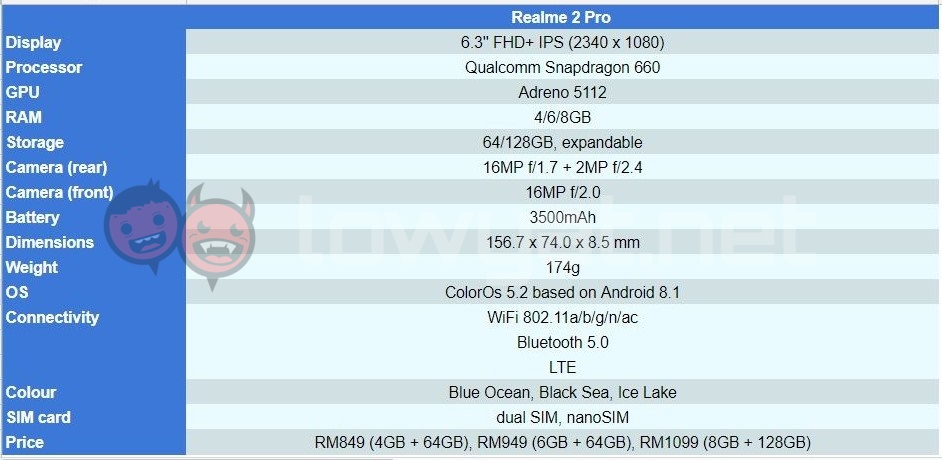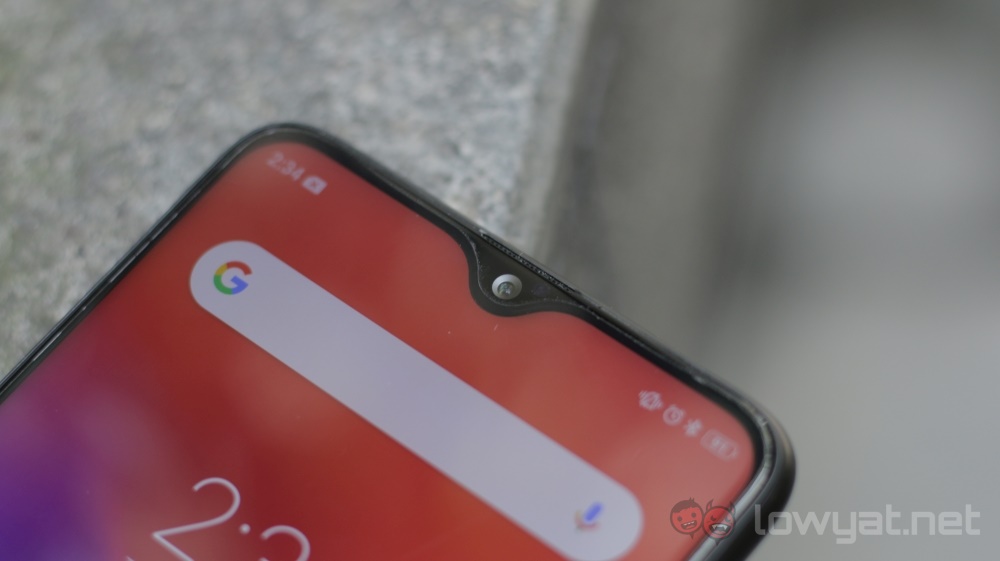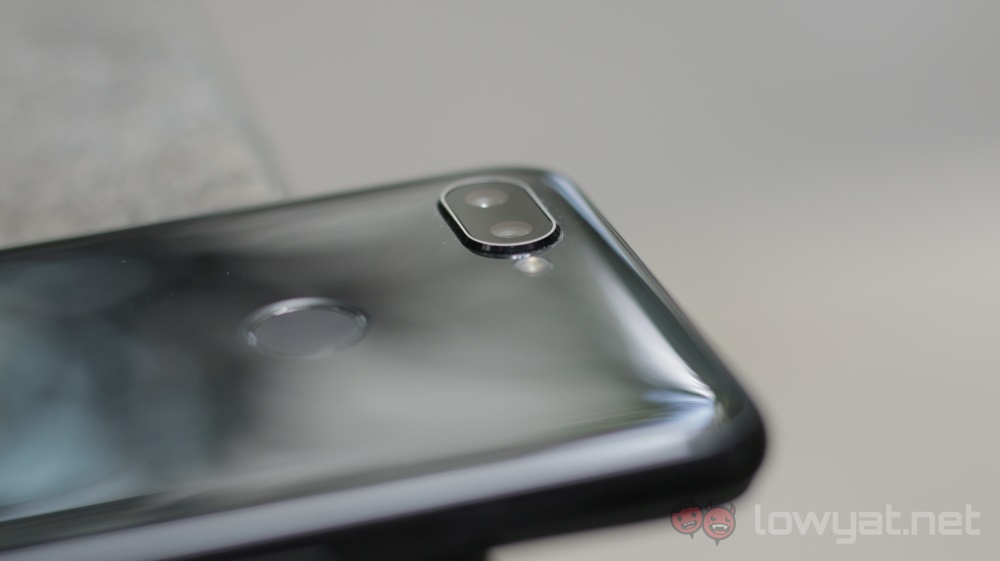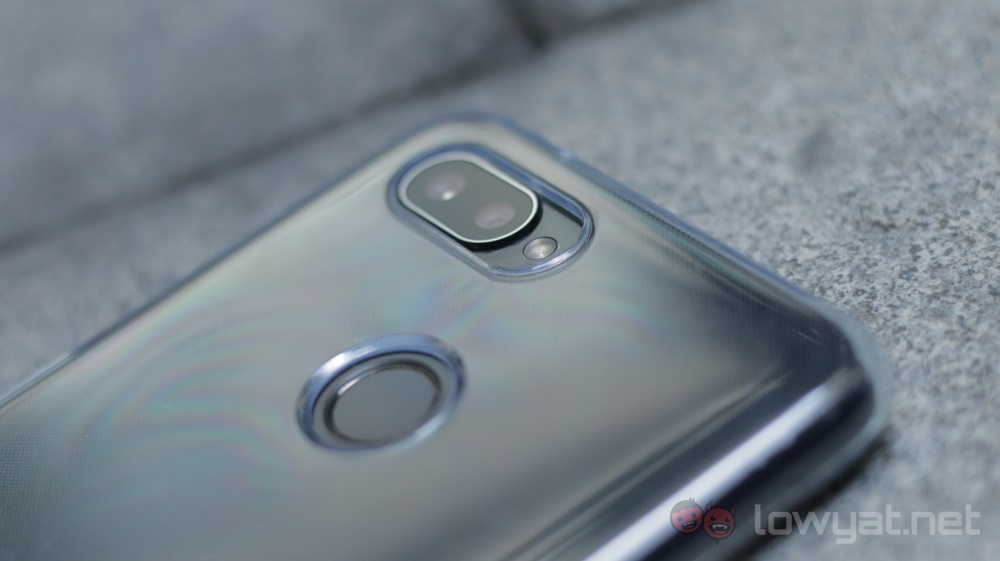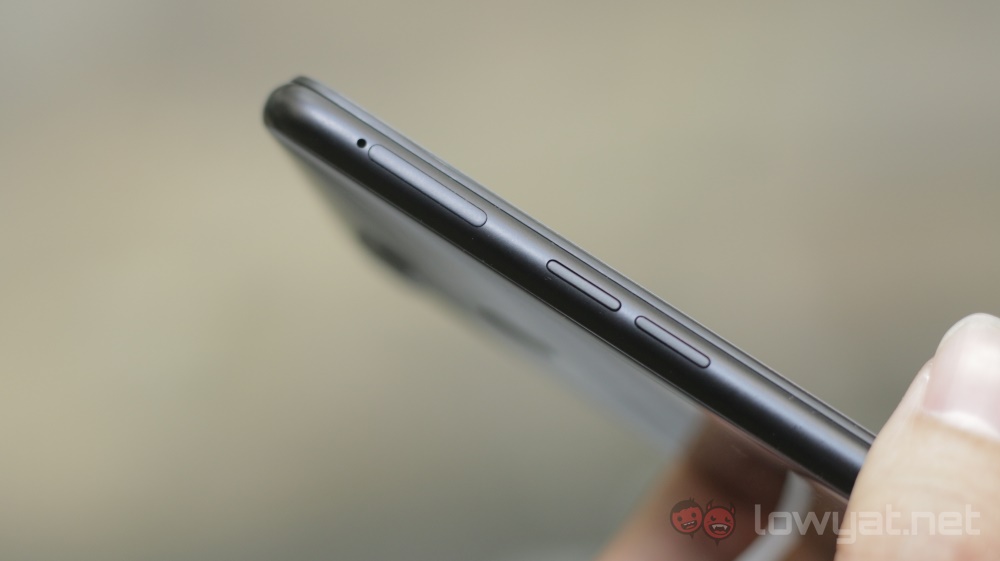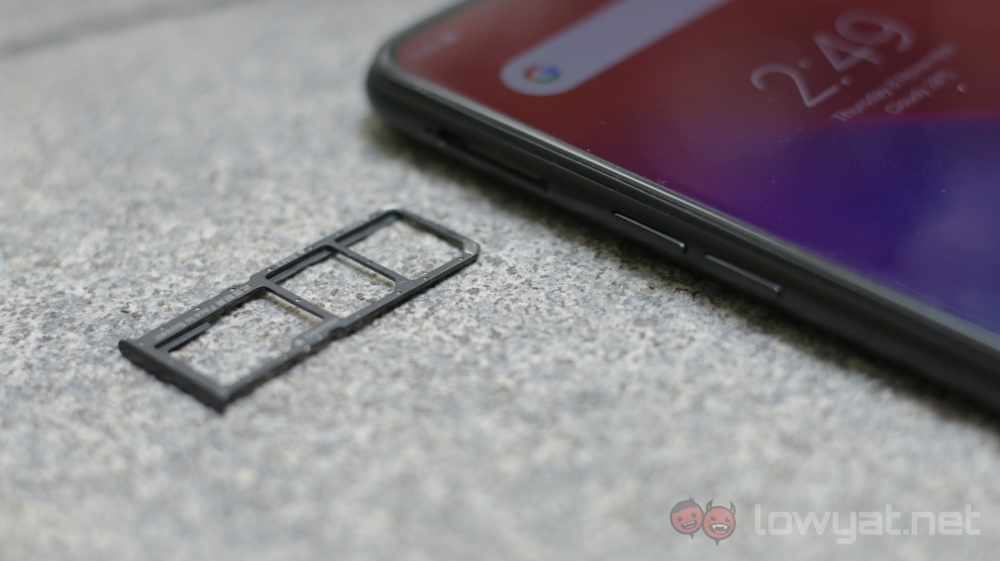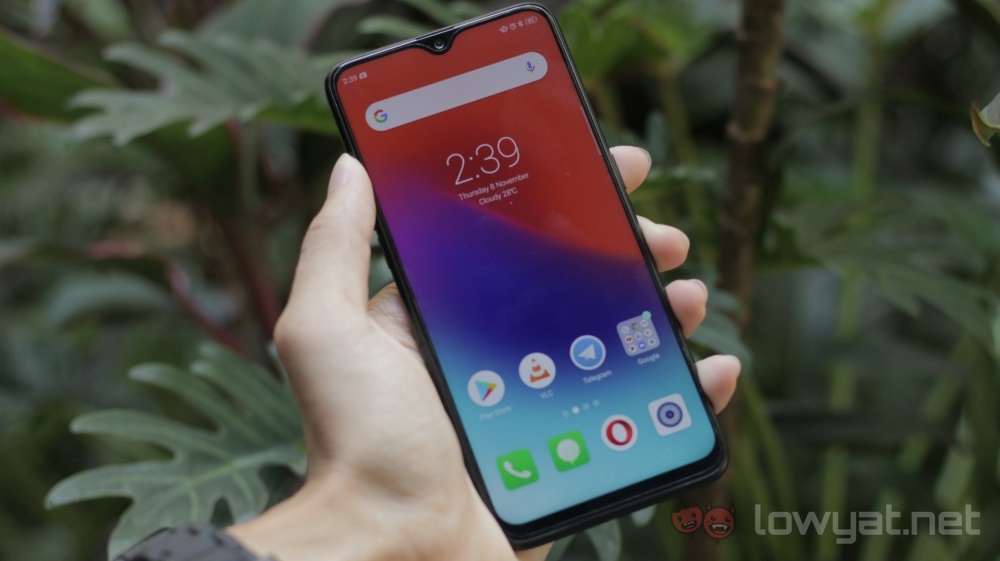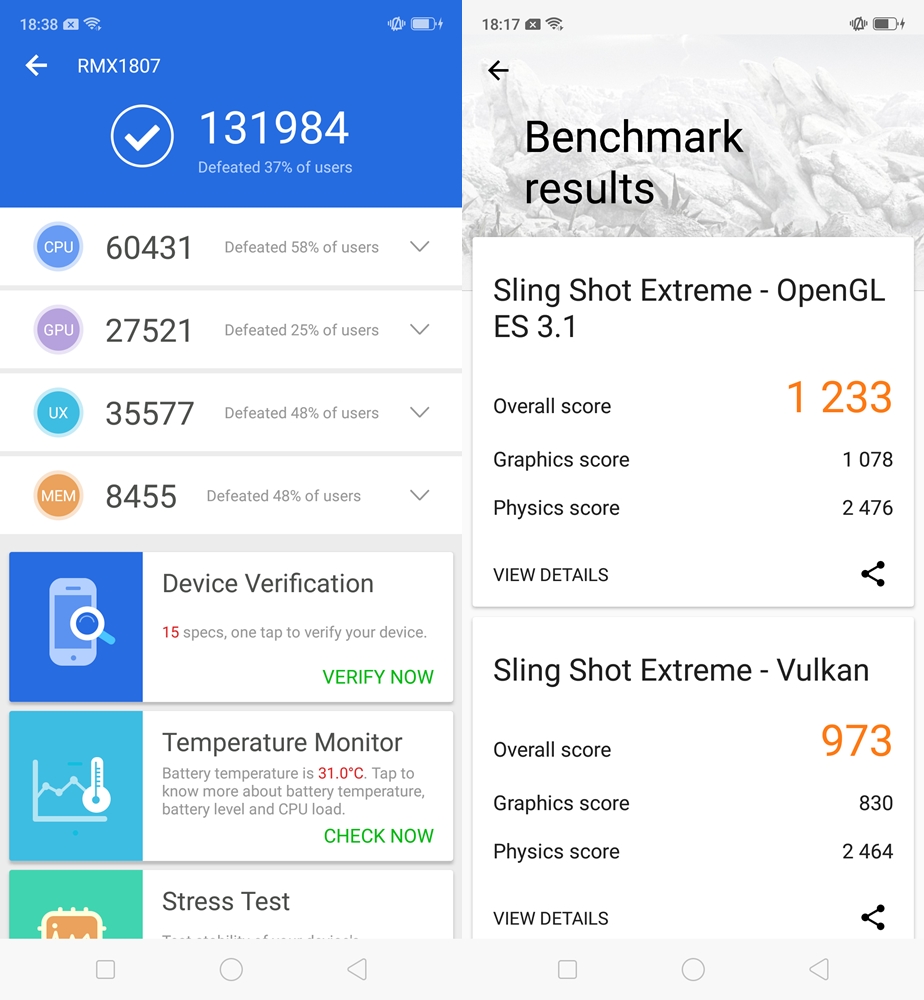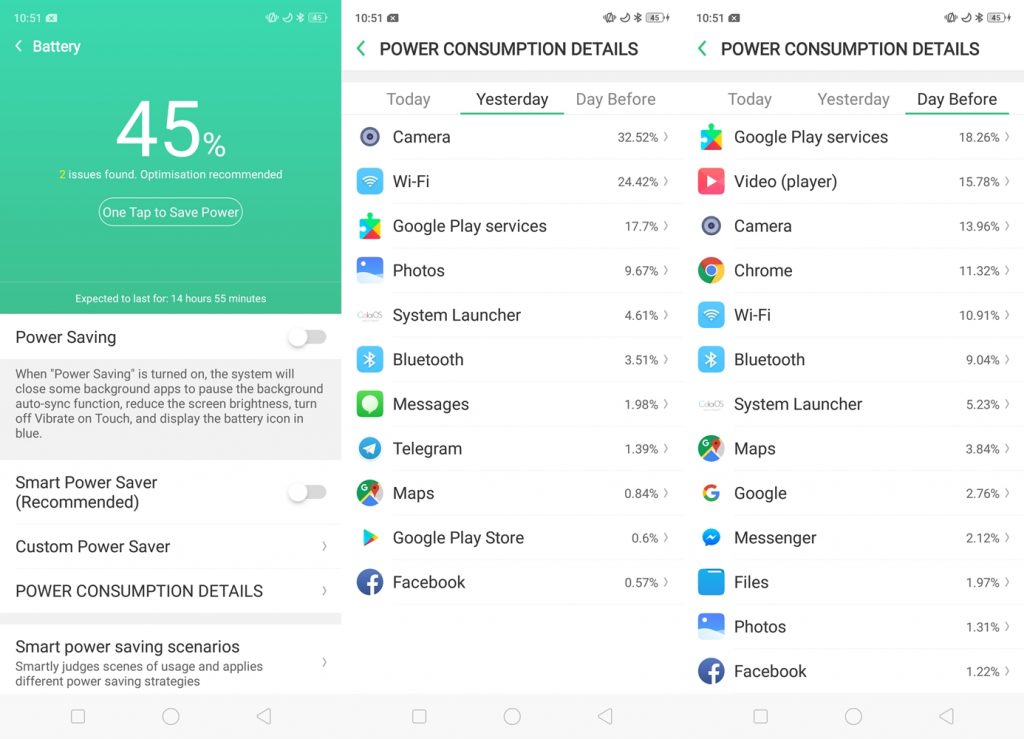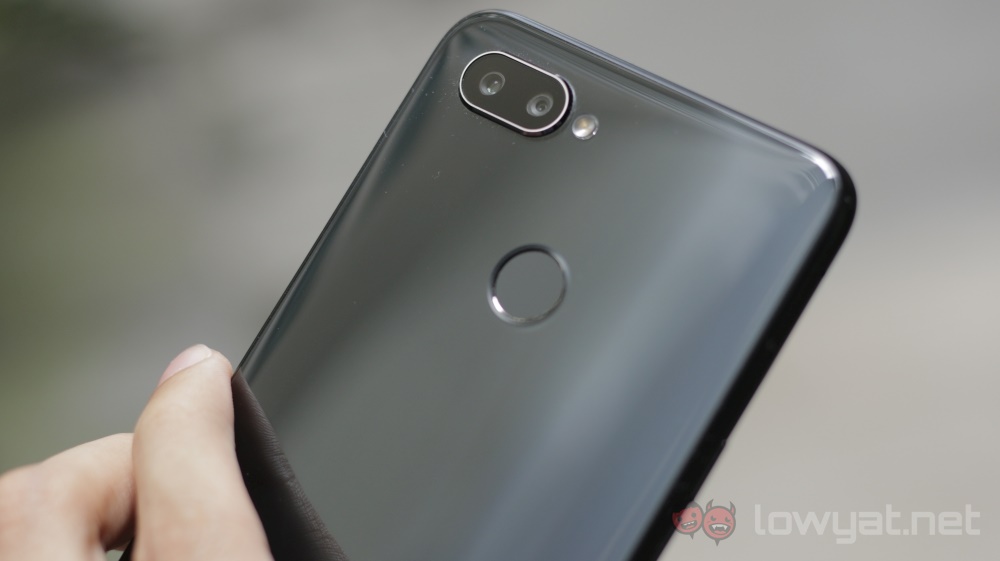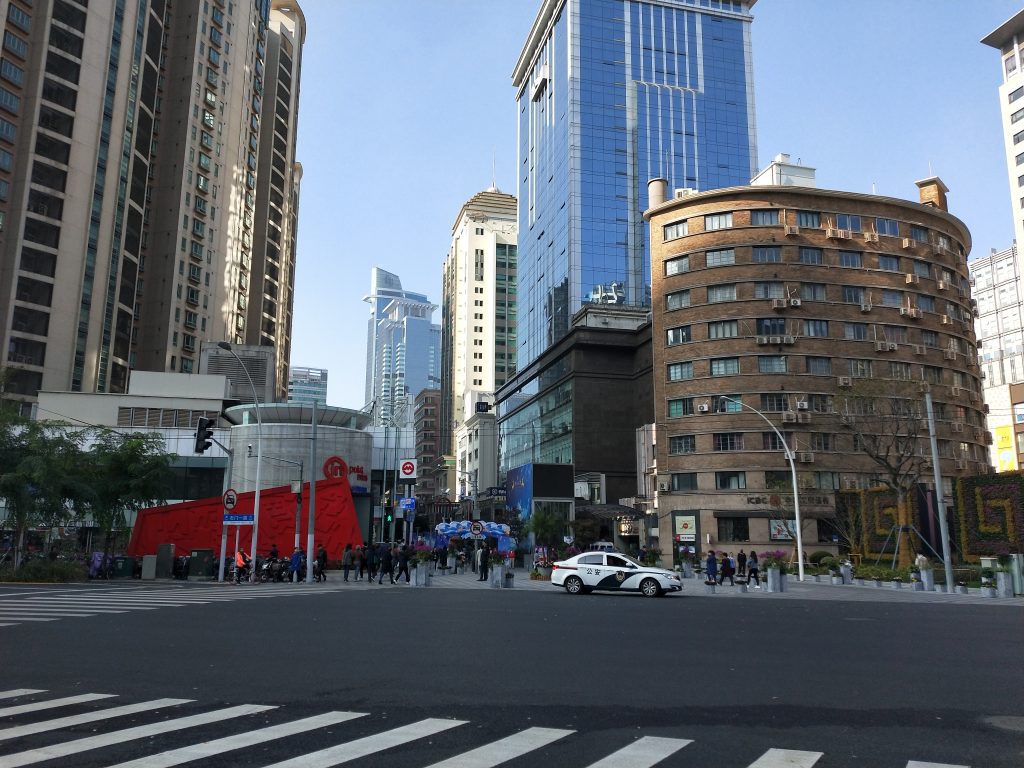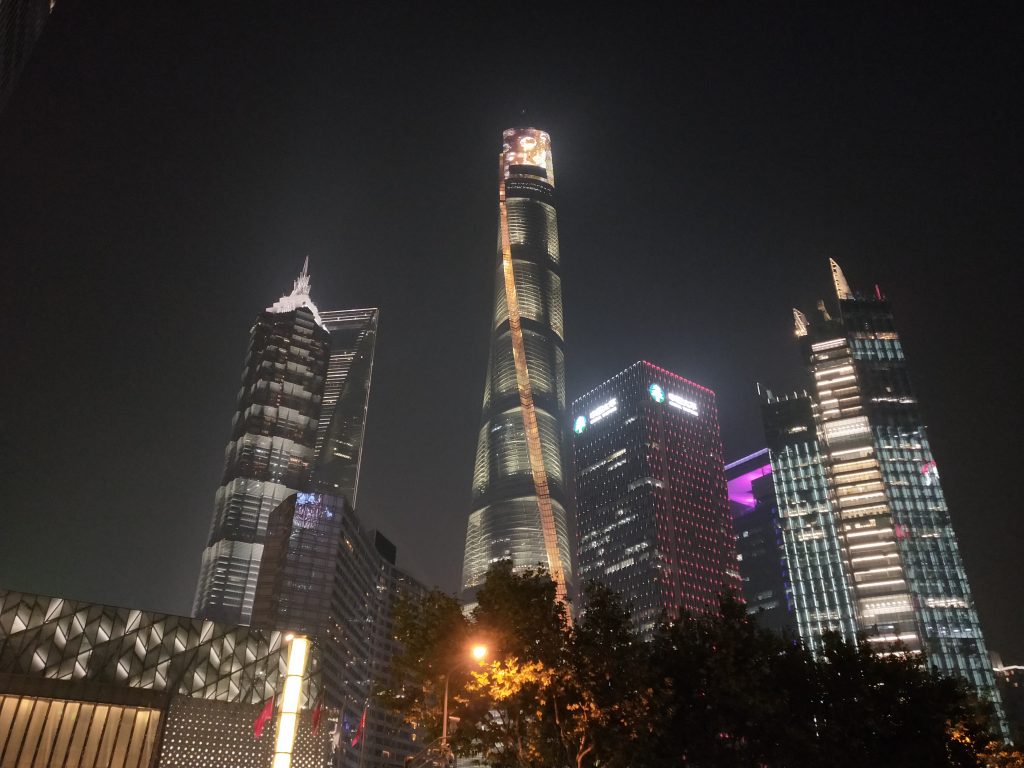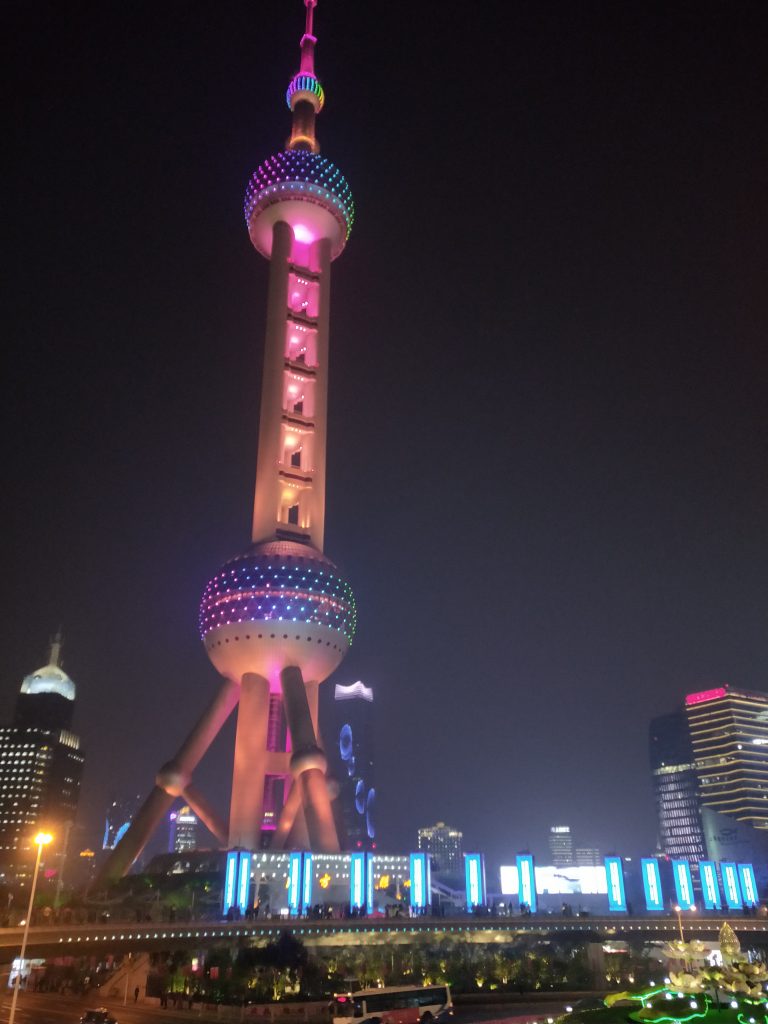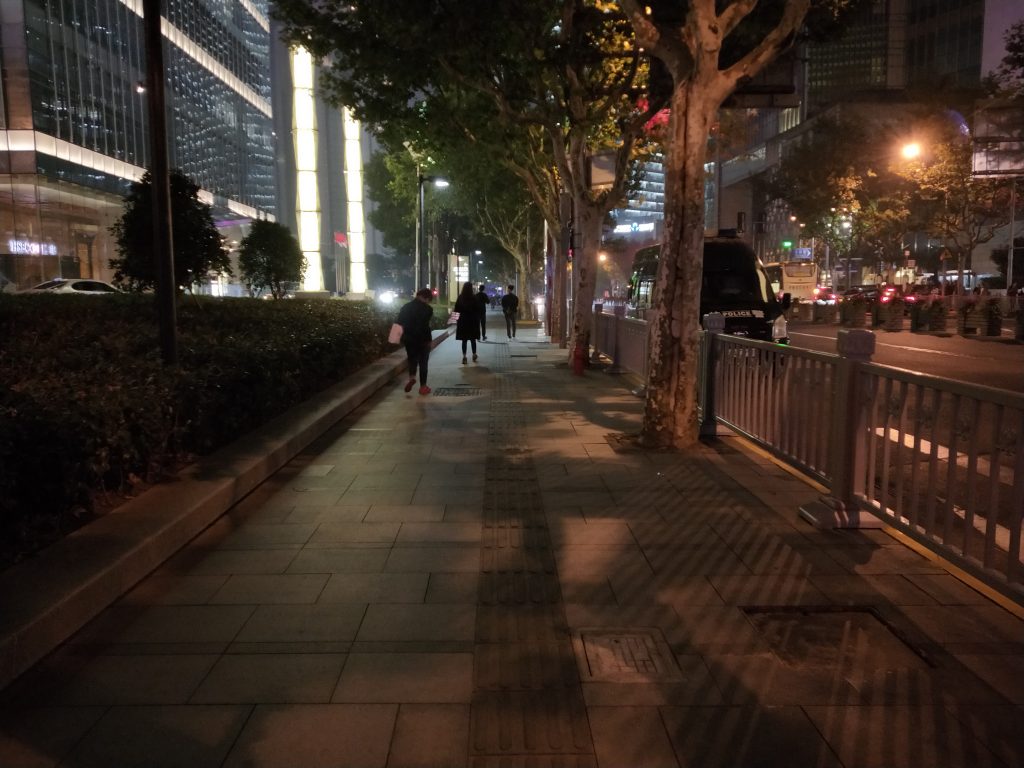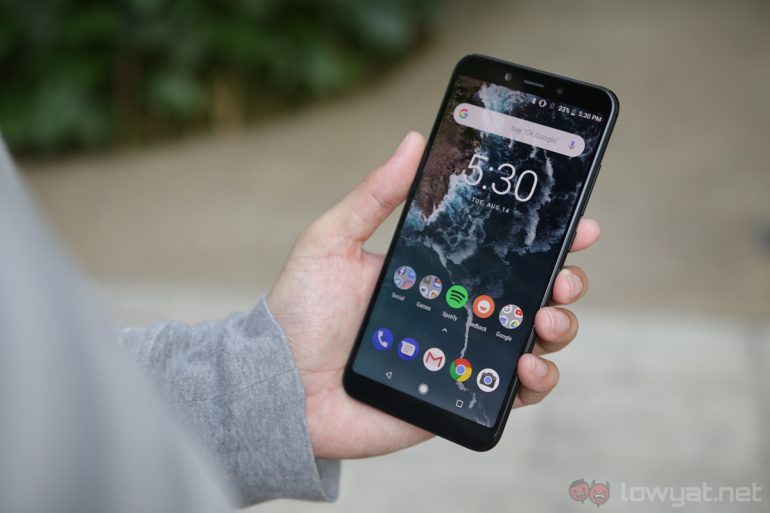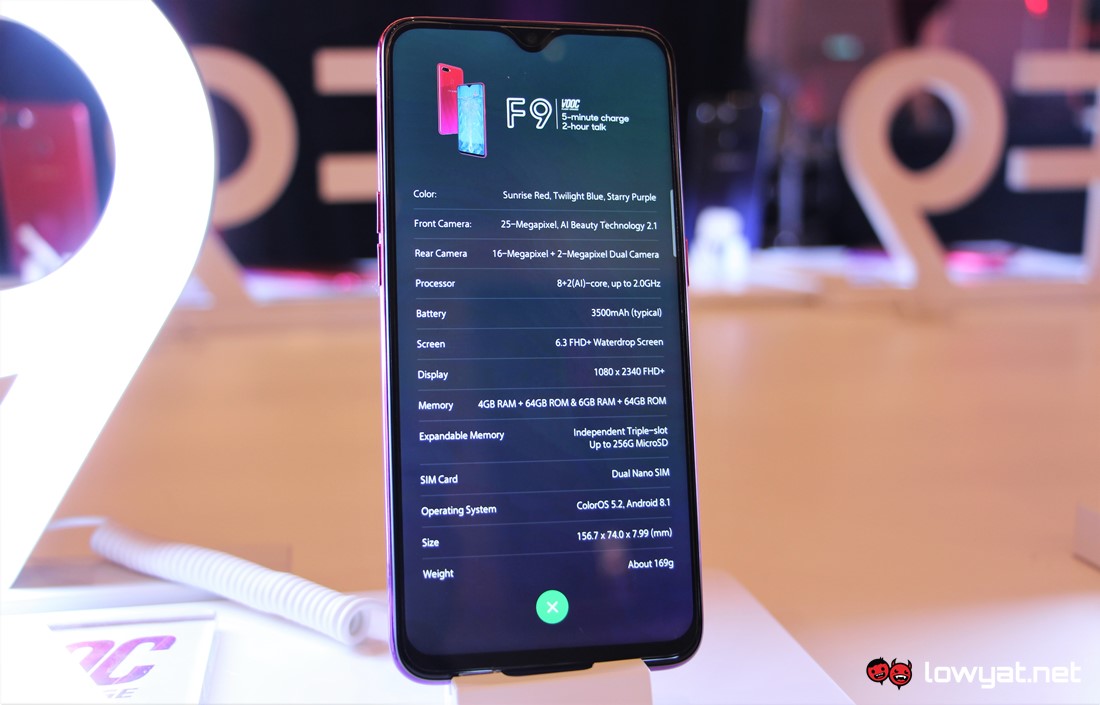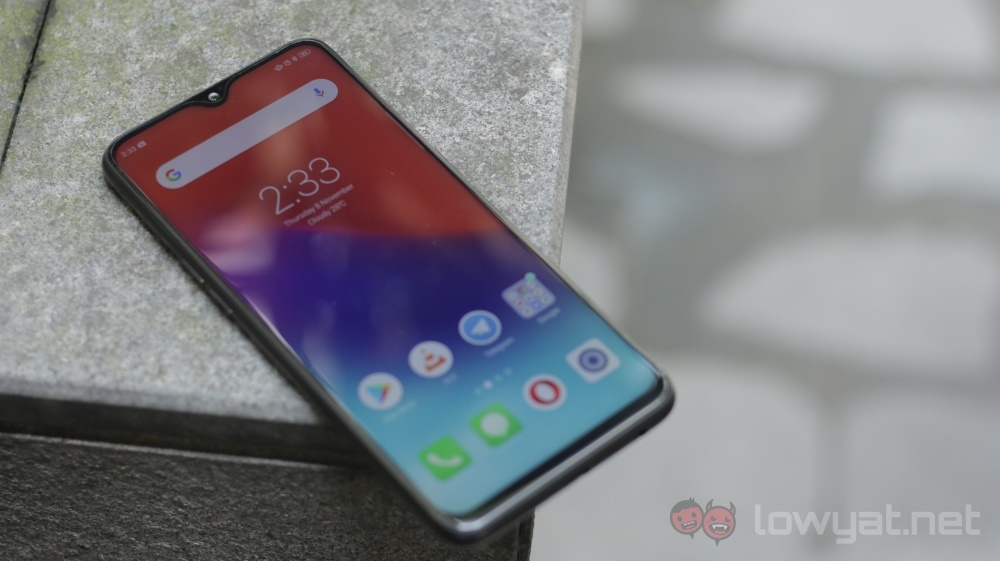As a company, Realme has only separated from OPPO in early May of this year. In spite of this fact, the Realme 2 Pro – among other Realme phones – has a lot of OPPO DNA in them. A lot of which, you’ll see in its specs and design.
Specifications
As mentioned, the Realme 2 Pro shares a lot of similarities with OPPO phones. In this case, it shares a lot specifically with the OPPO F9. It’s got the same display size and resolution, measuring in at 6.3 inches and with a Full HD+ resolution. It’s even got the same notch design, even if its got a different name; while Realme calls it the “Dewdrop” design, OPPO calls it “Teardrop.”
In that drop-shaped notch is a 16MP shooter, while its rear counterpart is a 16MP + 2MP combo setup. On the inside, we’re looking at a Qualcomm Snapdragon 660 SoC and a 3500mAh battery. There are a few configurations when it comes to RAM and internal storage, but our review unit is the top-of-the-line model, which comes fully decked out with 8GB of RAM and 128GB of internal storage.
Design
This is where we really see the similarities between the Realme 2 Pro and the OPPO F9. The droplet-shaped notch mentioned earlier is one, for starters. It’s got a different name, but there’s no denying that they look pretty much the same. Moving round to the back, we have the fingerprint sensor and the dual camera setup. It’s undeniable that there are only so many ways for brands to deal with the placement of these two physical features. That said, we can’t help but compare the Realme 2 Pro’s final placement of said components with the OPPO F9. Yes, the Realme 2 Pro does possess a symmetrically round fingerprint sensor (versus an elongated one). But it’s a feeling that’s hard to shake, all other similarities considered.
The resemblance is uncanny
In a way, perhaps imitation is the sincerest form of flattery. Distracting notch aside, the Realme 2 Pro looks good thanks to its simplicity in design. Our review unit is sports the Black Sea colour option, and thus doesn’t stand out amongst plenty of other phones of the colour. That said, the Realme 2 Pro suffers a design flaw that’s been the bane of the mobile phone industry – the camera bump. On any phone, it’s an accident waiting to happen unless you have a case of some kind. Thankfully, the Realme 2 Pro ships out with a physical case already inside the box.
On the subject of buttons, their placement is pretty much perfect. Assuming you’re a right hander, just by holding the phone you’ll find your thumb on the power button, the index finger on the fingerprint scanner and your middle finger between the volume rocker. There’s no need to stretch out and reach for any of them.
And finally, a minor but still important detail you’ll appreciate, especially if you’re someone who travels overseas often for work. Instead of a hybrid second SIM slot, you actually get two independent nano-SIM slots and a microSD card slot.
User Experience
Running on ColorOS 5.2, the Realme 2 Pro’s interface is a lot like a hybrid of Android and iOS. The base is still Android 8.1, and with minimal pre-installed apps, it runs realtively smooth. Not having an app drawer, though, can still be a point of contention. Some are okay with it, but I personally found it messy and quite the hassle to manage apps. This is especially so when I backed up my app data via Google, and imported them all into the Realme 2 Pro.
Audio on the Realme 2 Pro is primarily handled by the mono speaker located at the base of the phone. For the most part, it has a pretty high maximum volume threshold, but it’s not something I rely on often. This is simply because leaving it at the highest level will just mean I’ll be listening to distortions half the time. As a side note; both the power button and volume rocker feels a bit mushy and soft to the touch without the casing. Add the camera bump issue, and it’s hard to justify using the phone without the provided soft case.
Volume and brightness can go really high
Viewing experience is likely one that you wouldn’t have any problems with when it comes to the Realme 2 Pro. The display can be very bright – enough that it hurts my eyes when set to maximum brightness. The automatic brightness adjustment is also pretty aggressive, and it’s definitely noticeable whenever it kicks in. This is especially true if you’re suffering from photophobia, as it always leaves the screen brightness a tad brighter than I am comfortable with. It’s the same story with the display’s colour profile. Colours tend to skew towards the warm side of the spectrum, and images are generally pretty vivid. The latter can be said about the camera, but we’ll get to that later.
In terms of performance, the Realme 2 Pro can be relied upon for most tasks. Sure, it’s not crunching the best kinds of numbers, but the Qualcomm Snapdragon 660 SoC works well enough that it plays nearly any mobile game out there with no issues. There is the occasional stutter when things get crowded and messy, especially in games like Mobile Legends and Fortnite. But it happens sparingly enough that it shouldn’t stop you from enjoying such games. But if there’s anything that the Snapdragon 660-equipped Realme 2 Pro would be excellent at, it’s battery life. It doesn’t pack the largest battery out there, at 3500mAh, but boy can it run a marathon. Using it as a daily driver, I frequently get nearly two days of use off a single charge. To be fair, I’m not the heavy user, and my smartphone usage consists of some texting, the occasional Facebook scrolling; and about an hour or two of YouTube streaming. To keep this story short, it took 43 hours to drain the battery down from 100% to 27%.
Even on days with events to attend, I can use Google Maps to navigate me from home to the event venue, navigate back to the office, then navigate back home for the fun of it, and I’ll still have well over 60% of battery charge left before I go to bed. And when running a continuous video loop test, it took 11 hours 53 minutes to drain the battery down from a full charge to just 3%.
Battery life fit for a marathon
The charging speed, unlike the battery’s endurance, isn’t quite as impressive. Charging for an hour giving 50% of battery charge. It should be pointed out we charged the phone using the provided adapter and cable from the box. So, it’s very likely that your mileage may vary if you use another.
Camera
The main camera array consists of a 16MP + 2MP combo, on the hardware front. Behind the scenes you have an AI working its magic to help your shot stand out as much as possible. And as a result, you get just that, and almost literally. If you like photos that attracts eyeballs, especially for social media and such, then you’ll quite like the camera on the Realme 2 Pro.
And by that, I mean that the camera on the Realme 2 Pro likes to make colours pop up. Even with HDR turned off, images have the tendency to have very high contrast. This results in very vivid shots most of the time. Though, there are the rare times where its shots look washed out instead, and not by comparison. Colour aside, the camera performs well in general. Details are well preserved when your shots are well lit, as you would expect. Also as with many camera phones, don’t expect too much in detail preservation if you’re shooting an object instead of a scene during dark nights.
But if you understand and are fine with the way this camera setup ticks, then you’ll be glad to know that there are plenty of modes for you to play with. This includes your standard auto mode, panorama, time-lapse, expert (manual) mode, and portrait. There’s even a mode called “Sticker,” just so that you can embellish yourself before you use the built-in tools of social media, like Instagram.
Sample Images
Competition
It wasn’t until the local announcement of the Realme 2 Pro that we finally found out its asking price: RM1099. And this is for a phone with a Qualcomm Snapdragon 660, a maximum of 8GB RAM, and 128GB of internal storage. So with these numbers in mind, what other phones in this price range that’s vying for your money?
Xiaomi Mi A2
This phone is here simply because of the price which, at RM1199, is pretty close. But the Xiaomi Mi A2 is an Android One device, and runs a 12MP + 20MP camera combo.
On the flip side, it’s only got 6GB of RAM to go with the 128GB of internal storage. You’ll also be missing the 3.5mm jack as well as the microSD slot. Then there’s the camera. The Xiaomi Mi A2 comes with arguably better colour accuracy, while the Realme 2 Pro usually goes for a more vivid presentation.
OPPO F9
To use a Metal Gear Solid reference, you can’t really talk about Solid Snake without Liquid Snake coming into the picture at some point. And with that, we’ll also have to mention the OPPO F9. We’ll leave it to you to decide which phone is which twin.
As you’re probably sick of reading, there’s so much in common between the Realme 2 Pro and the OPPO F9. But, where the former comes armed with Qualcomm’s Snapdragon 660, the latter has MediaTek’s P60. The OPPO F9 also comes with a 25MP front shooter, while the Realme 2 Pro comes with a 16MP unit instead. That said, both phones’ front and rear cameras have the same behaviour. And the price of these differences is RM300, with the OPPO F9 being priced at RM1399.
Conclusion
The Realme 2 Pro, then, is an interesting phone. It uses a midrange processor, boasts top-end RAM and internal storage, but comes with – by today’s standards – an entry level price tag. It’s a proposition that’s hard to pass up if you’re looking solely for value-for-money.
An undeniable forte of the Realme 2 Pro is its battery’s endurance. The Realme 2 Pro is one of the few phones I’ve used that I can comfortably charge only once in two days. I’m tempted to say that it’s a trait that’s shared by all phones using current-generation AI-powered chipsets, but there are other phones using the Snapdragon 660 SoC that last nowhere near as long. Because of its price, you’ll have to weigh all its objective advantages over subjective matters like the ColorOS and its camera’s behaviour, among other things. If its price was RM100 lower, it would’ve been the no-brainer choice for its price bracket. Photography by Soh Li Jin
